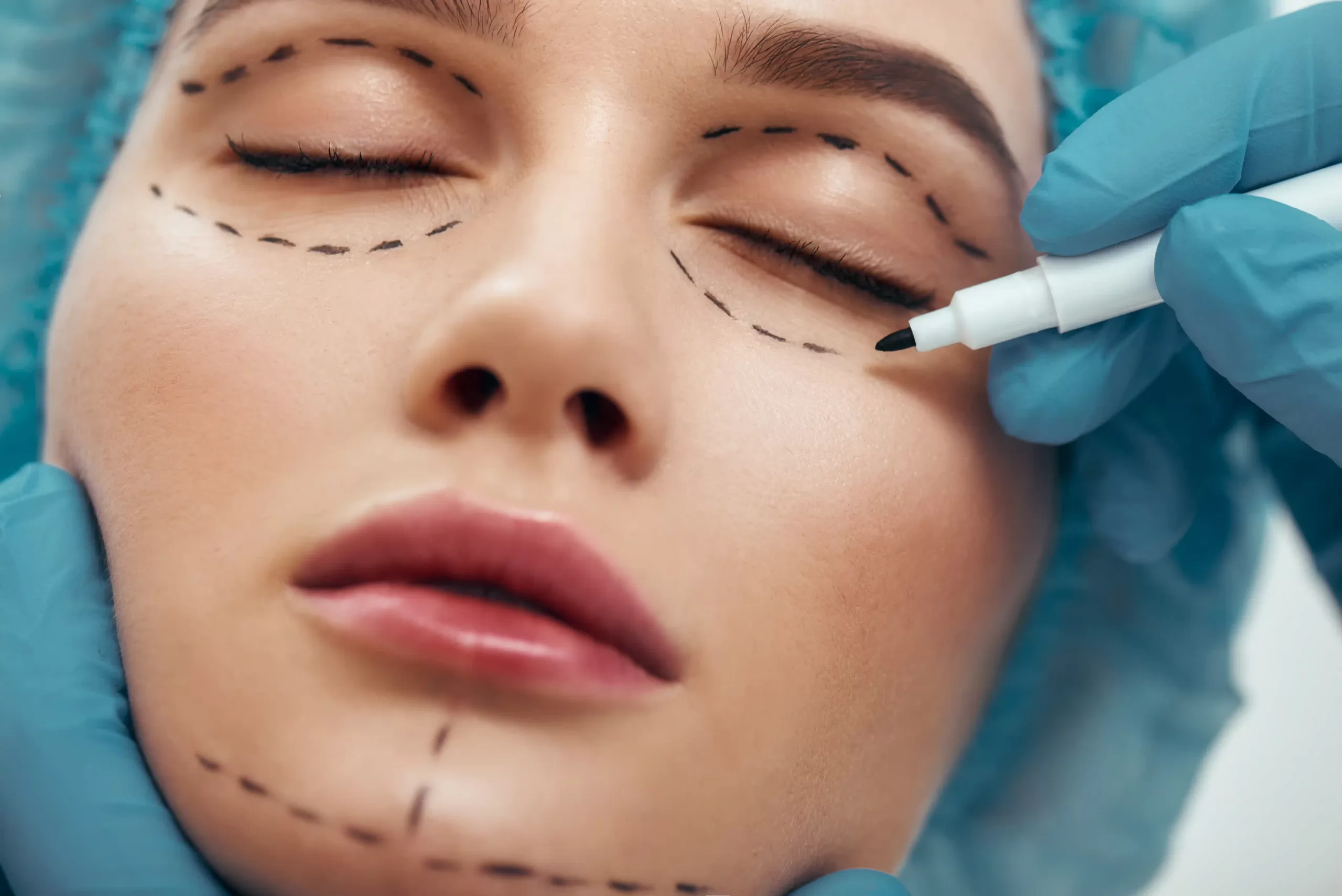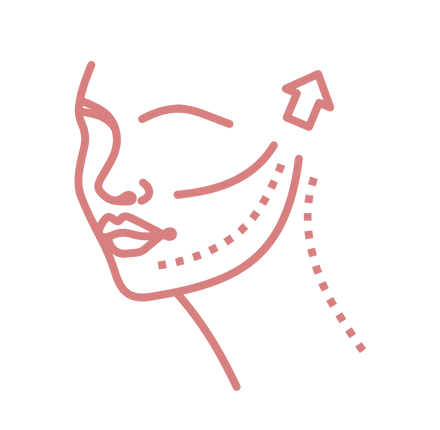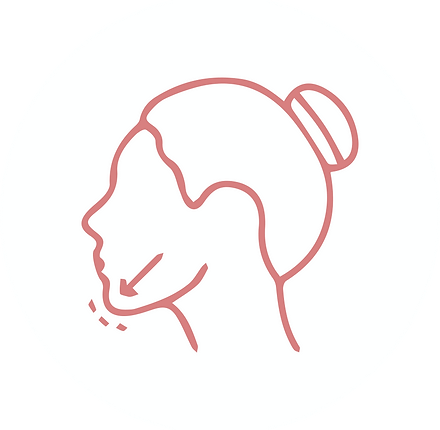Face and Neck Lifting
Lifting is a cosmetic surgery procedure that aims to improve the appearance of specific body parts by removing excess skin and tightening underlying muscles. Specific types of lifting include face lifting, which improves the appearance of the face, neck lifting, which improves the appearance of the neck, eyelid lifting, which improves the appearance of the upper and lower eyelids, and chin lifting which improves the appearance of the chin. All these procedures are typically done to achieve a more youthful and refreshed look.

Facelift Operation
Facelift Operation
What is Face Lift Operation for?
Good candidate for Face Lift Operation
- Those experiencing sagging skin, wrinkles, and other signs of aging in the face and neck area
- People who have lost definition in the jawline or have jowls
- Individuals with excess skin in the upper neck area
- People who are in good mental health
- Individuals who can take the time for recovery
- Individuals who are at a stable weight
- Those who have enough skin elasticity
- People who are seeking to restore a more youthful appearance to their face
Good candidate for Face Lift Operation

Eyelid Surgery
Eyelid surgery, also known as blepharoplasty, is a procedure that aims to improve the appearance of the eyelids by removing excess skin, fat, and muscle. It can be performed on both the upper and lower eyelids, and it is designed to help restore a more youthful and refreshed appearance to the eyes.
Eyelid Surgery Benefits
Remove fat deposits that appear as puffiness in the upper eyelids.
Reduce lower eyelid bags, puffiness or dark circles
Address loose or sagging skin that creates folds or disturbs the natural contour of the upper eyelid
Improving the hooding of upper eyelids which can impede vision
Improve the appearance of lower eyelids which can appear puffy or tired

address upper eyelid drooping caused by aging, injury or other issues
help enhance vision obscured by hooding of the upper eyelid
Address the puffiness and wrinkles that cause lower eyelid bags
Improve the overall appearance of the eyes and help them look more alert and refreshed
Address asymmetries or other imperfections in the appearance of the eyelids
Eye Lid Lifting Surgery
Unfortunately, upper and lower eyelids may sometimes become dangled as part of the aging process. The skin of the eyelid becomes saggy, muscles weaken and the fatty pockets become more prominent and appear swollen. This may be a genetic condition in your family. In cosmetic terms, such conditions may affect the aesthetic appearance of the face, causing psychological and social problems.
Eyelid Surgery Procedure (Step-by-Step)
Eyelid Surgery Procedure (Step-by-Step)

Chin Carving
Chin carving is a cosmetic procedure that involves sculpting and reshaping the chin to improve its appearance. This procedure is often done in conjunction with other facial procedures such as facelift, rhinoplasty, or neck lift. The procedure can be performed through several different techniques, including liposuction, submental lipectomy, or direct excision.
- Liposuction is a minimally invasive technique that uses a small tube to suction out excess fat under the chin.
- Submental lipectomy is a surgical procedure that removes excess fat and skin under the chin.
Chin Carving
Chin carving is a cosmetic procedure that involves sculpting and reshaping the chin to improve its appearance. This procedure is often done in conjunction with other facial procedures such as facelift, rhinoplasty, or neck lift. The procedure can be performed through several different techniques, including liposuction, submental lipectomy, or direct excision.

Neck Lift Operation Procedure (Step-by-Step)
Before the procedure, the patient will meet with a plastic surgeon for a consultation to determine the best surgical approach based on the patient’s condition and the desired outcome.
The procedure is typically done under general anesthesia, and it may take several hours to complete.
Incision are made under the chin or behind the ears, and they are generally hidden in natural skin creases to minimize visibility.
Through the incision, excess skin and fat are removed. And the underlying muscles and tissues are repositioned to create a smoother, more youthful contour.
In some cases, liposuction may also be used to remove fat deposits from the neck area.
After the procedure, the incisions will be closed with sutures or surgical staples.
The patient may experience some discomfort, swelling, and bruising after the procedure, which should subside within a few weeks.
It’s important to follow the post-operative instructions given by the surgeon to ensure proper healing and the best possible outcome.
The final results of the procedure may take several weeks or months to fully appear. But most people are pleased with the improvement in the appearance of the neck.
Neck Lift Operation Procedure (Step-by-Step)










